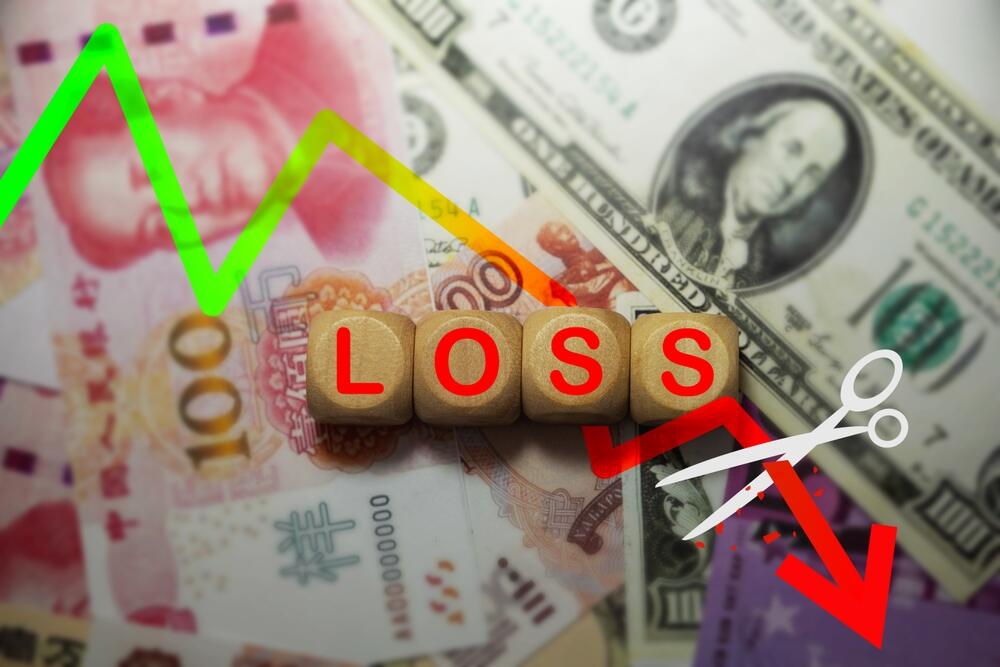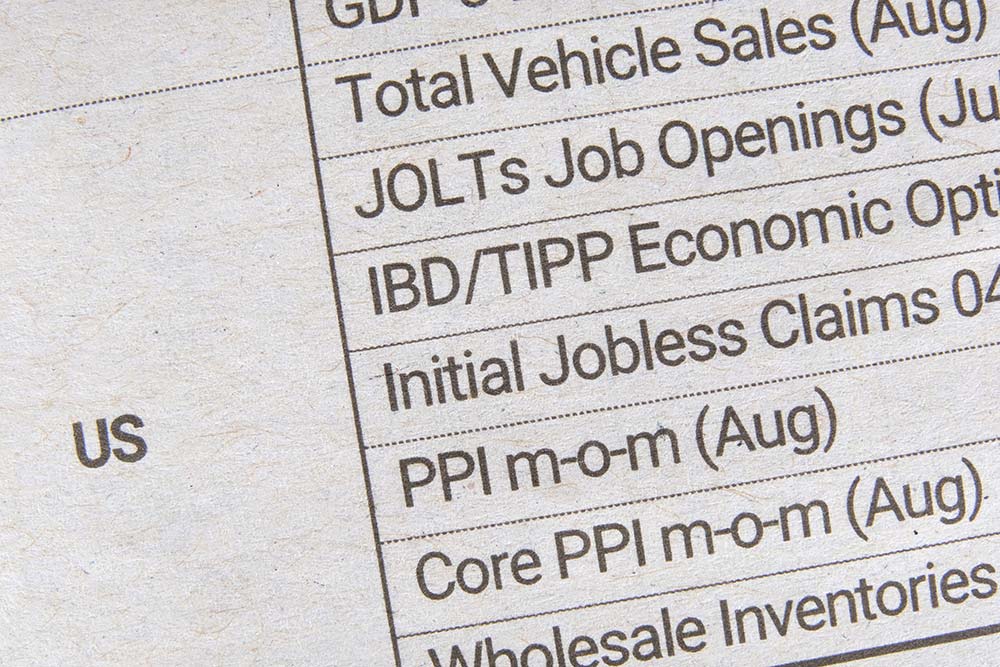Do You Know About This Tax Loophole?
A lot of investors who weren’t invested in the “Big 7” tech stocks this year are probably staring at some losses in their portfolios. With the market’s gains concentrated in a few large cap tech names, it’s not hard to see why.
But there is a way to turn some of those lemons into lemonade and offset some or all of your tax liability from the winners you took in 2023. You could even potentially save up some tax offsets for the years ahead.
It’s a strategy called “tax-loss selling.”
This strategy allows you to sell assets that have incurred losses so you can offset your capital gains and reduce your taxable income. By realizing losses on some investments, individuals or businesses can offset gains in other investments, potentially lowering their overall tax liability.
This strategy is commonly employed near the end of the tax year as investors assess their portfolios and financial positions. It’s important to consider tax regulations like the wash-sale rule, which says that investors cannot use a particular loss to reduce their taxable income if they buy the same security within 30 days of selling it.
Let’s say an investor holds two stocks: Stock A and Stock B. During the tax year, Stock A has gained $5,000 in value, resulting in capital gains tax implications. Stock B, on the other hand, has declined by $3,000.
To offset the capital gains from Stock A, the investor decides to engage in tax-loss selling. They sell Stock B at its decreased value, realizing a capital loss. This capital loss can then be used to offset the capital gains from Stock A. As a result, the investor may reduce their overall taxable income for the year, potentially lowering the amount of taxes owed.
Tax-loss selling can be a useful strategy for managing tax implications. However, the effectiveness of this strategy depends on individual circumstances, market conditions and investment goals.
![]()
YOUR ACTION PLAN
Investors should carefully consider factors such as the timing of sales, the potential impact on their overall portfolio and adherence to tax regulations, including the wash-sale rule. The wash-sale rule prohibits investors from repurchasing the same security (or a substantially identical one) within 30 days of selling it for the tax loss.
It’s always advisable to consult with a financial advisor or tax professional to ensure that tax-loss selling aligns with your specific financial situation and goals.
P.S. If you’re looking for a great opportunity for some potential tax harvesting in 2024, you need to check out what I’m calling “The Last Great Value Stock.”
This company swung from a $4.3 billion loss to $3.5 billion in profits within the past few years… and in my recent investor presentation, I covered how it could make you a fortune.
Since I recommended this under-$4 stock in March of last year, we’ve seen shares rise over 218%. Just look at some of the gains my members are reporting in our real-time chat room:
And there could be plenty more room for this stock to run. This is an unprecedented situation – an unloved company going through a dramatic reversal back to profitability just as the economic recovery kicks into high gear.
In my presentation, I explain how this has set the stage for the type of returns not seen since Apple’s rebound. Don’t miss out – discover this incredible opportunity by clicking here.
More from Trade of the Day
My Go-To Plays for Safety + Long-term Profits
Apr 26, 2024
My Favorite Way to Hedge Choppy Markets
Apr 25, 2024
The Story Behind My 10 Bagger on RILY
Apr 25, 2024
A Silver Lining From Last Week’s Underperformance
Apr 24, 2024




























